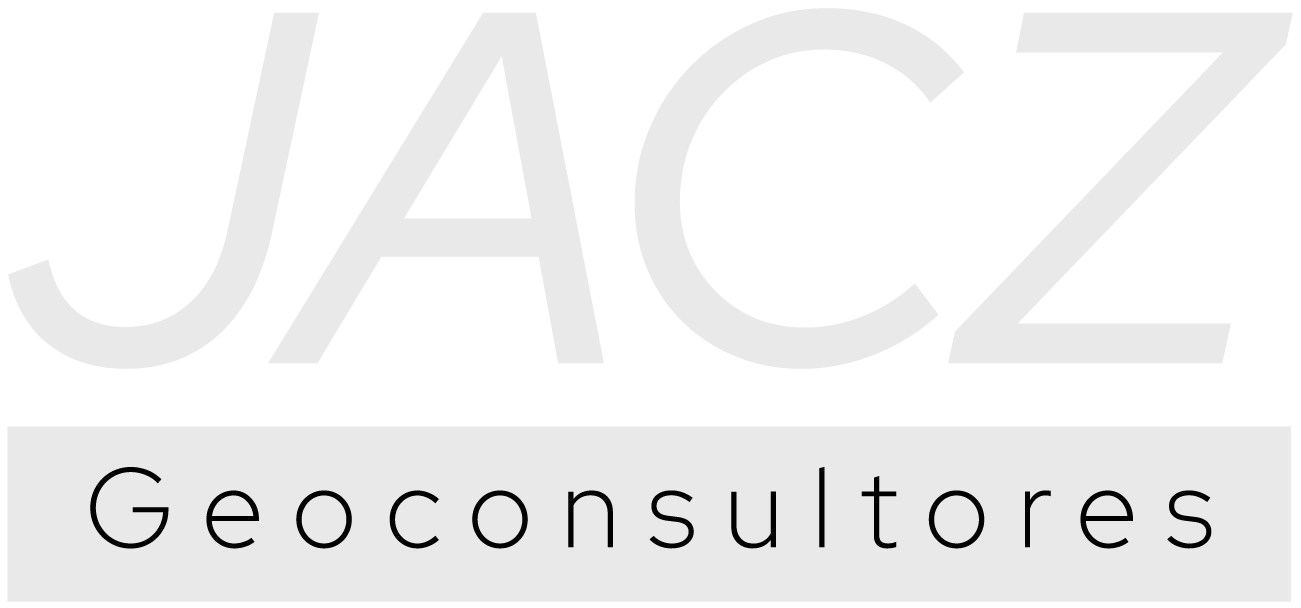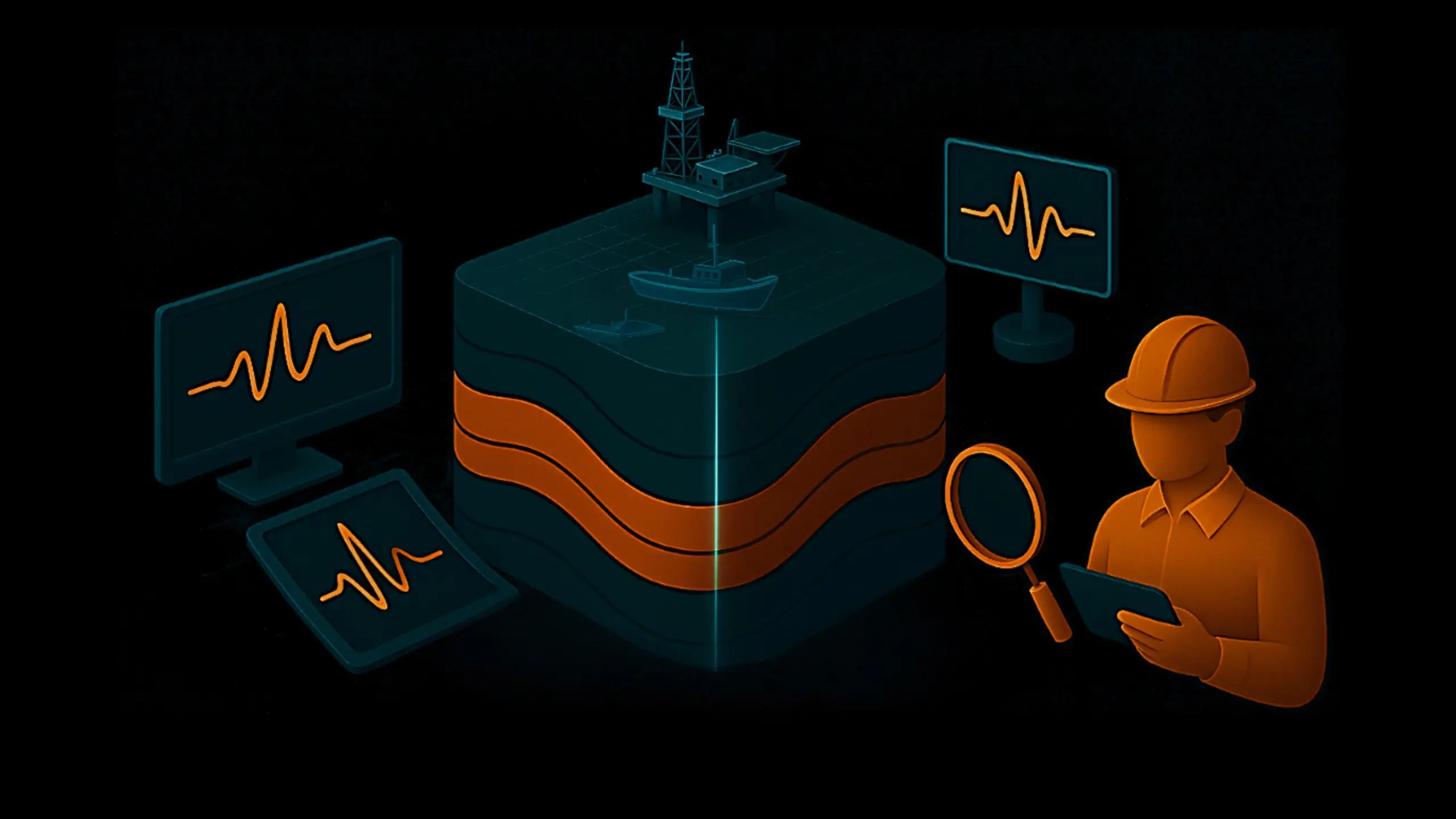The effective management of subsurface resources—whether hydrocarbon reservoirs or geological storage sites for CO₂ or hydrogen—depends on a deep understanding of the dynamic processes occurring underground. Seismic monitoring techniques have evolved significantly to provide crucial insights.
A fundamental technology in this field has been, and remains, 4D seismic, also known as time-lapse seismic. This technique involves repeatedly acquiring 3D seismic data over the same area over time. Comparing these sequential surveys allows detection of subsurface changes such as fluid movement, pressure variations, and geomechanical effects induced by production or injection. Fields like Sleipner—where CO₂ is stored in the Utsira formation of the Norwegian Continental Shelf—have used 4D seismic imaging to track the evolution of the CO₂ plume. Other fields, such as Ekofisk, a large chalk reservoir in the Norwegian North Sea, have employed 4D seismic to analyze changes in elastic properties and time shifts related to compaction, pressure, and saturation. 4D data is actively used to optimize production, update reservoir models, and guide operational decisions.
Although traditional 4D seismic has proven valuable, conducting intermittent acquisition campaigns can be costly and limit monitoring frequency. To overcome these limitations, the concept of Permanent Reservoir Monitoring (PRM) was developed.
A PRM system involves installing permanent seismic sensors (geophones) on the seabed. These buried sensors provide greatly improved repeatability of active seismic acquisition compared to non-permanent systems. Permanence enables much more frequent active seismic acquisitions.
However, not all changes recorded between successive surveys are due to reservoir dynamics (pressure, saturation, temperature, or geomechanical effects like compaction). Many non-reservoir factors can alter the seismic signal and generate 4D “noise,” masking the effects we aim to monitor.
Proper planning and execution of acquisition, along with robust processing workflows, are essential to minimize these non-reservoir effects and maximize survey repeatability. This ensures that the differences observed between baseline and monitor data are, to the greatest extent possible, due to subsurface changes of interest.
Some key factors that can affect seismic data over time and must be considered in planning and processing include:
Source and receiver positioning (source layback): Variations in the exact locations of seismic sources (e.g., vessels or airguns) between surveys can cause inconsistencies. Likewise, if receivers are not positioned identically, repeatability is compromised.
PRM systems, with permanently installed seabed sensors, greatly improve positional repeatability compared to cable or node-based systems.
Even with PRM, corrections for source layback—the difference between nominal and actual towed source positions influenced by environmental factors—are necessary.
Water velocity variations: Temperature and salinity changes in the water column can affect seismic velocities and arrival times, especially in deep water. Measurements and corrections are required.
Source signature variations: Differences in the seismic source’s emitted energy between surveys can affect comparability. Ideally, the same source configuration is used, but this is not always feasible.
Shot coverage consistency: Ensuring the same shot distribution between surveys is vital for repeatability. In PRM, with smaller monitored areas, monitor data may need to be filled in using baseline data.
Environmental conditions: Sea state (waves, currents), ambient noise, and tides can impact data quality.
Careful planning of repeated seismic acquisitions must account for these factors and design surveys to minimize their impact from the outset. PRM systems greatly facilitate this by providing a much more controlled and repeatable acquisition platform.
The superior data quality and repeatability achieved through meticulous acquisition planning and the use of PRM systems enable the following:
-
Detect subtle subsurface changes that might go unnoticed with lower-quality data.
-
Reduce uncertainty in interpreting 4D effects.
-
Better calibrate seismic responses (e.g., amplitude changes, time shifts) against actual reservoir pressure and saturation changes.
-
More effectively integrate seismic data with other datasets (well logs, production data, reservoir simulation models).
-
Make more informed and timely reservoir management decisions, such as optimizing well placement, production/injection rates, and recovery strategies.
In summary, careful planning that anticipates and mitigates non-reservoir factors is crucial. PRM systems represent a significant advancement by providing a highly repeatable acquisition platform, which helps distinguish production/injection effects from noise—thus enabling more precise and valuable subsurface monitoring.
The main advantage of PRM is the higher data quality and ability to detect subtle changes. In addition to active acquisitions, PRM systems allow continuous passive monitoring. This includes the detection and localization of microseismic events—small tremors caused by pressure or stress changes in the reservoir or caprock. These microseisms are key diagnostics of subsurface deformation. PRM systems can also be used for microseismic detection, as demonstrated by offshore geophone data at the Grane field in the Norwegian North Sea, which detected natural earthquakes and small events possibly associated with operational activity at nearby fields such as Svalin and Balder. In the Snorre field (Norwegian North Sea), PRM data were used to measure shear‑wave seismic anisotropy (shear‑wave splitting), a promising technique for monitoring the stress field—even from microseisms. This passive monitoring can be semi‑continuous if there is sufficient microseismicity.
The integration of offshore PRM data with onshore seismic networks, such as those in Norway (NNSN and HNAR), can significantly reduce uncertainty in seismic event location, especially for distant events where the offshore network’s azimuthal coverage is limited. Variations in microseismic activity and magnitude of completeness (Mc) have been studied in regions such as the Horda Platform (Norwegian Continental Shelf), which hosts future CO₂ storage sites like Aurora/Northern Lights and Smeaheia.
In addition to active and passive monitoring, 4D seismic and PRM data enable advanced analyses, such as inversion to obtain reservoir pressure and saturation change maps. Integrating seismic results with other data—such as well logs and simulation models—is crucial for a complete understanding of the reservoir’s dynamic behavior.
PRM represents the logical evolution of 4D seismic. By providing higher quality and higher frequency seismic data—both active and passive, often in near real-time—PRM offers unprecedented monitoring capability. This technology is vital for optimizing hydrocarbon recovery and, increasingly, for ensuring safety in operations such as CO₂ storage through subsurface integrity monitoring and early detection of potential risks
The main advantage of PRM is the higher data quality and ability to detect subtle changes. In addition to active acquisitions, PRM systems allow continuous passive monitoring. This includes the detection and localization of microseismic events—small tremors caused by pressure or stress changes in the reservoir or caprock. These microseisms are key diagnostics of subsurface deformation. PRM systems can also be used for microseismic detection, as demonstrated by offshore geophone data at the Grane field in the Norwegian North Sea, which detected natural earthquakes and small events possibly associated with operational activity at nearby fields such as Svalin and Balder. In the Snorre field (Norwegian North Sea), PRM data were used to measure shear‑wave seismic anisotropy (shear‑wave splitting), a promising technique for monitoring the stress field—even from microseisms. This passive monitoring can be semi‑continuous if there is sufficient microseismicity
The integration of offshore PRM data with onshore seismic networks, such as those in Norway (NNSN and HNAR), can significantly reduce uncertainty in seismic event location, especially for distant events where the offshore network’s azimuthal coverage is limited. Variations in microseismic activity and magnitude of completeness (Mc) have been studied in regions such as the Horda Platform (Norwegian Continental Shelf), which hosts future CO₂ storage sites like Aurora/Northern Lights and Smeaheia.
In addition to active and passive monitoring, 4D seismic and PRM data enable advanced analyses, such as inversion to obtain reservoir pressure and saturation change maps. Integrating seismic results with other data—such as well logs and simulation models—is crucial for a complete understanding of the reservoir’s dynamic behavior.
In summary, PRM represents the logical evolution of 4D seismic. By providing higher quality and higher frequency seismic data—both active and passive, often in near real-time—PRM offers unprecedented monitoring capability. This technology is vital for optimizing hydrocarbon recovery and, increasingly, for ensuring safety in operations such as CO₂ storage through subsurface integrity monitoring and early detection of potential risks.

